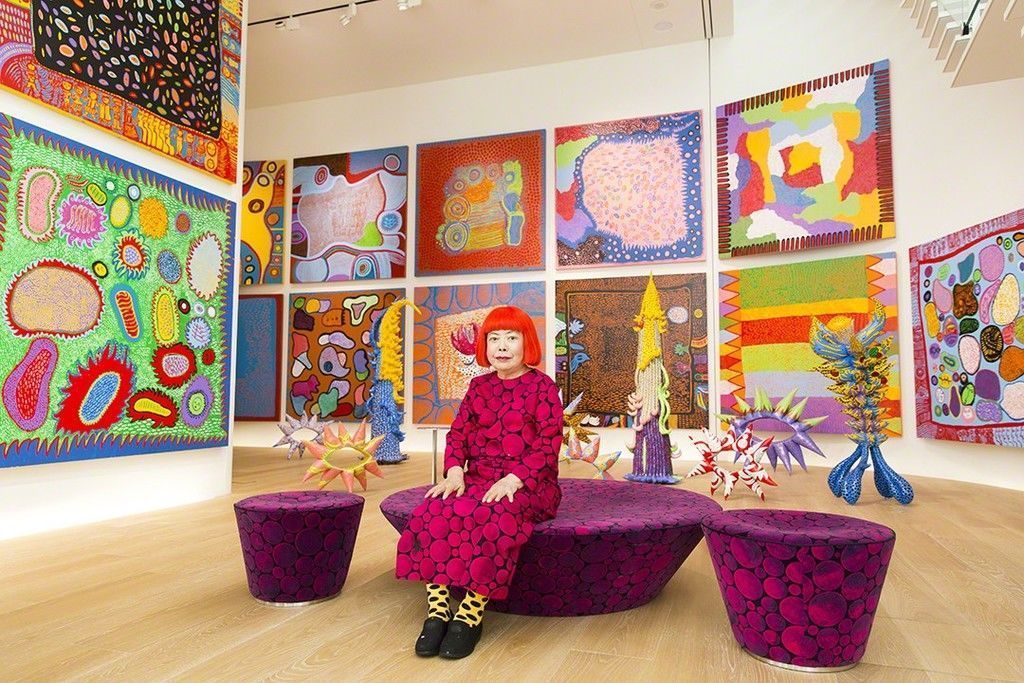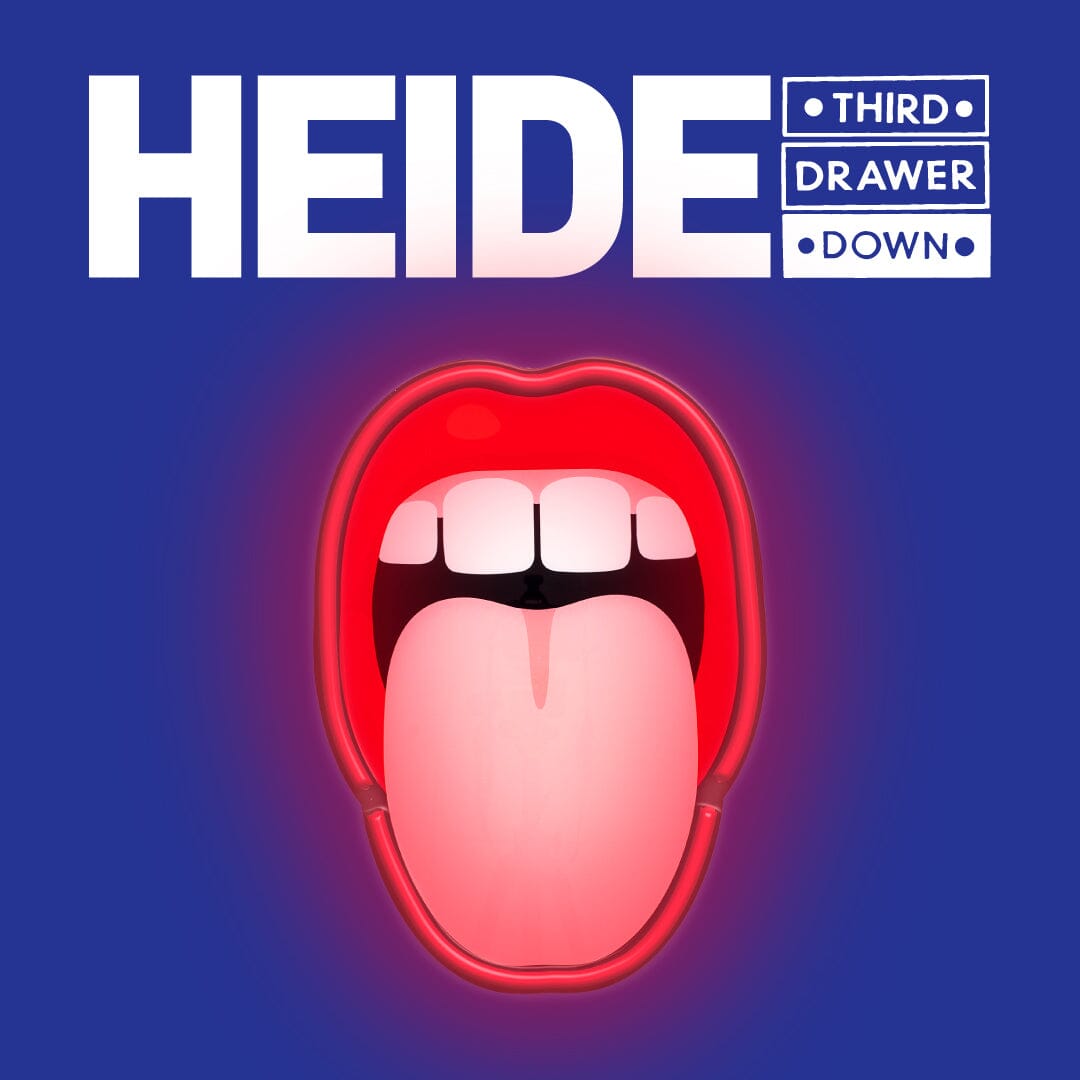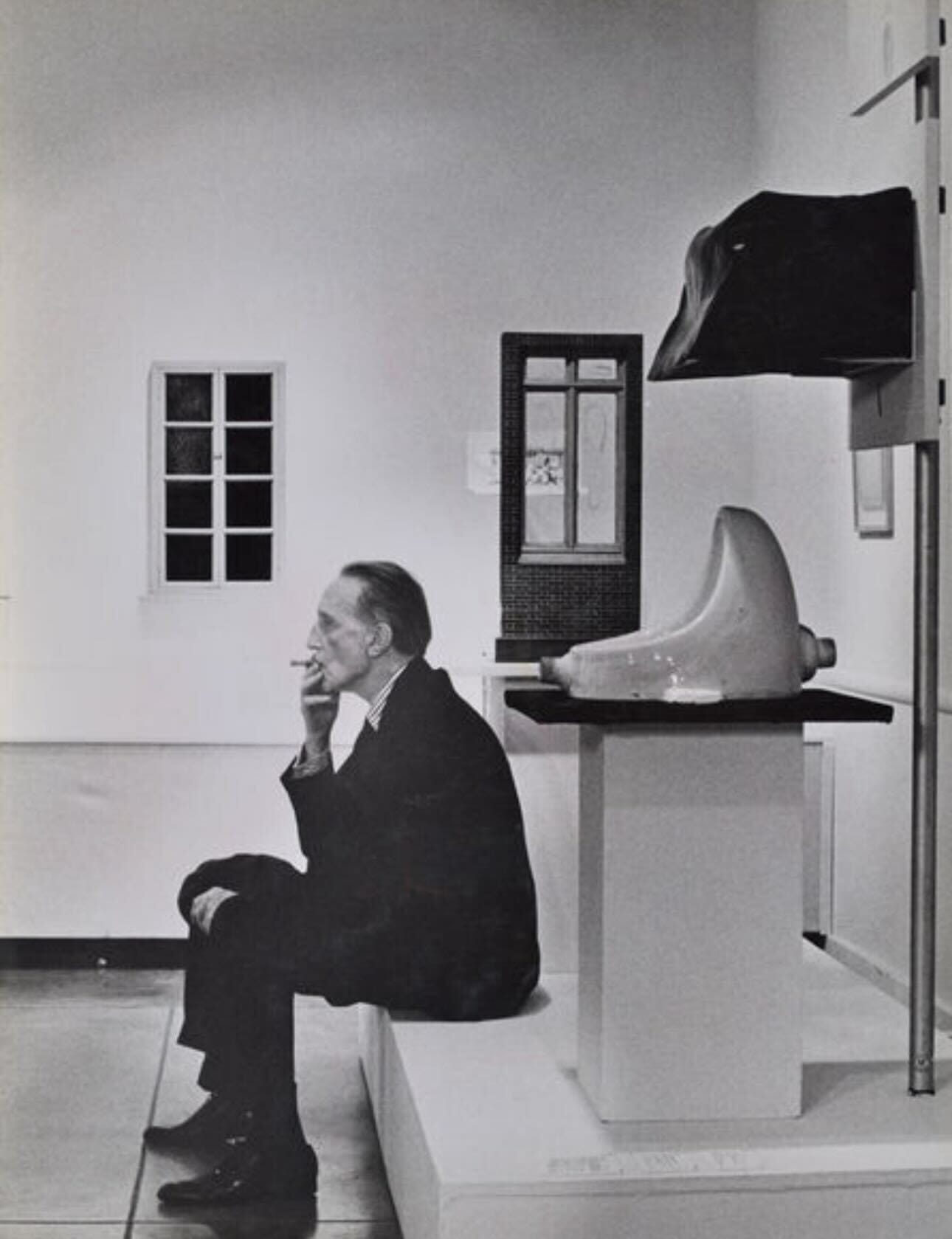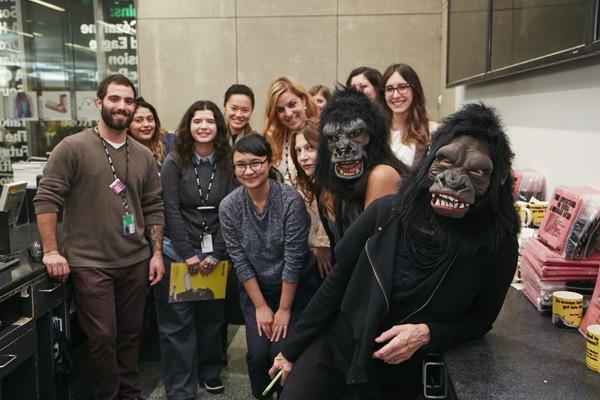Why Kusama is a phenomenon!


Where do I begin with Yayoi Kusama, a phenomenon! Kusama entered my life in 2012 whilst working with Tate on the Kusama exhibition merchandise project. The exhibition travelled to Whitney Museum in the subsequent year and my admiration and respect for her has grown ten-fold in this time. Although I have never met Kusama, on my list of jaw dropping conversations, I am deeply connected to her via her artwork, immersive environments, her own museum in Tokyo and video interviews. Kusama is now celebrating her ninth decade.
Kusama’s career started with a single polka-dot in 1957. Having recently moved to New York from Japan, Kusama applied polka-dots on anything and everything – paper, walls, canvas and her body. She became as influential as her male predecessor and the matriarch of contemporary art.
Kusama’s art is not only a canvas of her life experiences, but also a rebellion against Asian stigmas. In Japan, until relatively recently, there has not been a word to describe depression*. Her belief is that depression and mental illness are not necessarily obstacles to a productive life, nor do they hinder the creation of works that millions of other people can appreciate.
Yayoi Kusama is my art queen. Here are some of the things you may or may not know about her.
- Kusama is happiest when she makes art. Her greatest love of her life is the expression of love and humanity created in her work.
- She has become an Instagram sensation with 800,000 plus hashtags. Most popular artworks include dots / pumpkins and the Infinity Room.
- Her earliest memory is making polka dot images on paper as a little girl.
- Kusama relies on her intuition. She creates work based on her own psychological experiences and uses her art to come to terms with her compulsions and her visions. Since 1977, she lives voluntarily at Seiwa Hospital in Shinjuku, Tokyo. Her art studio is within walking distance.
- I love this – Her most precious possession is the next artwork she is making.
- The experience that changed her life was writing to Georgia O’Keefe after reading Georgia’s book. Kusama wanted to free herself from her loveless family and move to New York. O’Keefe replied and gave Kusama the encouragement and confidence to leave Japan in 1957. O’Keefe assisted Kusama many times and was seen as her business advisor.
- Her guiltiest pleasure is cake!
- Kusama knows how much we like to look at ourselves. The Infinity Rooms and use of mirrors really makes you question your sense of self, your sense of space.
- There is nothing she dislikes about her appearance.
- Painting became an act of rebellion as her mother did not want to her be an artist. When she left for New York her mother told her never to step inside the family home again.
- It is impossible to separate her art from her mental health. Kusama describes her life as ‘art medicine’. She has been known to work in 60+ hour stretches in a trance-like process she calls an “indescribable spell.”
- Kusama is now the highest-selling living female artist. According to figures, her touring retrospective Yayoi Kusama: Infinite Obsession,attracted the biggest global audience of 2015.
- Her Curriculum Vitae reads like a role-call of creative industries; she founded an erotic newspaper entitled Kusama’s Orgy, has published 8 novels, several books of poetry, designed a bus and has produced films – even making one with the English musician Peter Gabriel. Her autobiographically inspired novel “Manhattan Suicide Addict”was based on her years working as an artist in New York City, while her 1983 novel “The Hustlers Grotto of Christopher Street” won a New Writers award.
- Kusama uses pumpkins as motives in her work as she thinks they are visually humorous!
- She never saw or wanted to be seen as part of an art movement. She transcended to major movements – pop and minimalism. When asked, she confessed her movement was ‘Kusama art’.
- Kusama has always used fashion to gain attention. In the late 1960’s, she established Kusama Enterprises, her own line of dresses and textiles, including a series of ‘orgy’ garments. Instead of painting dots on the cloth, she cut holes out usually in the breast and buttock areas. Fashion allowed her to transcend the male dominated art world as it could reach far more people than the gallery walls.
- Sex is a reoccurring theme for Kusama, although she saw her herself as asexual. She had one long time relationship with Joseph Cornell. It was loveless but erotic. The relationship ended after 10 years as Cornell had a neurotic mother who was jealous. His mother poured a bucket of water on Kusama and Cornell whilst they were kissing. What a mean act!
- Kusama was obsessed about being famous. Her determination went beyond a normal person in every way. Remember she moved to New York at a time of resentment post war of Asian people – yet Kusama’s craving for attention and fame drove her – now that’s taking the topic of Don’t Be Shy to the next level.
- Through her talent, determination and vision she’s spent nine decades taking on the white, male art establishment – and succeeding!
- Her greatest fear is solitude and death. A depressing note to end on – but we all have to leave this life one day. Kusama would like Yayoi Kusama’s Manhattan Suicide Addict to be her funeral song. Mine is Pipilotti Rist - I'm a victim of this song (wicked game). What would your song be?
Kusama is the archetype of not being shy. If you look over her triumphs, many from some kind of pain, she has defined her life with a deep love for humanity and fame beyond recognition. She protested against her loveless family by being an artist, moved to a country during a time that despised Japanese culture, won the attention of a very male dominated art market whilst orienteering her struggles and rewards of mental health. I hope that next time you see her work that she’s not creating it for your Insta feed but conveying how her mental illness allows her see the world.



